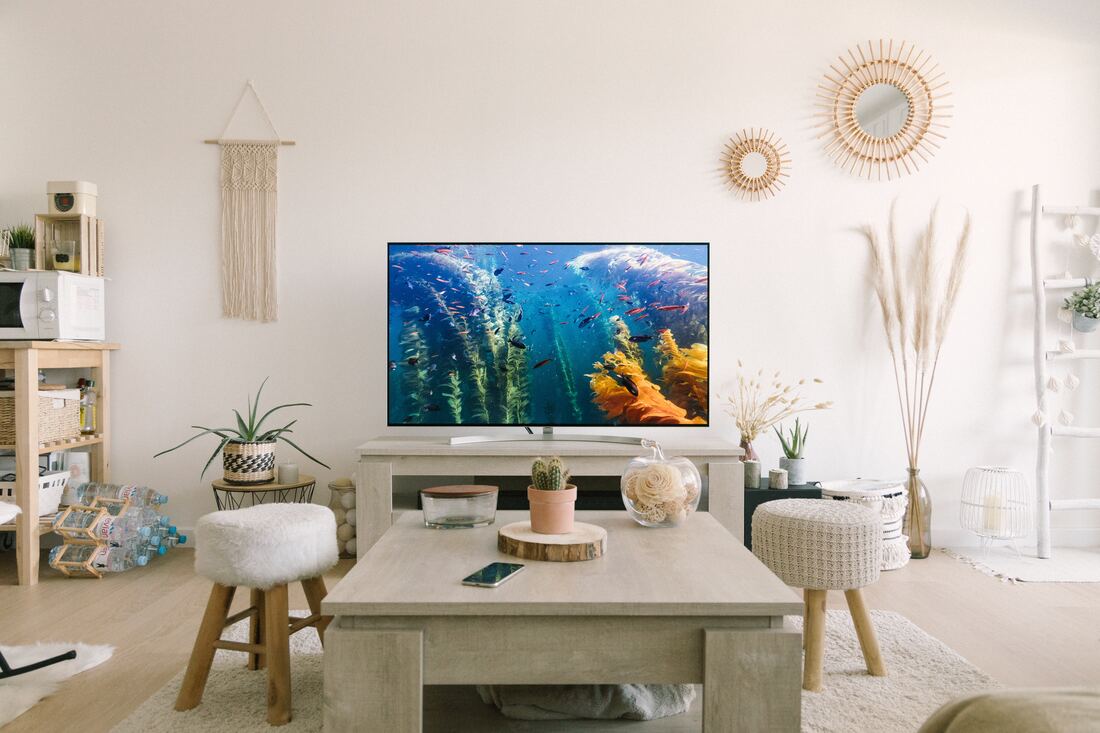|
Collaborative Post | The humble television is a household staple in the UK, and has been for many decades, yet the numbers just keep on rising. Between 2013 and 2021, the number of TV households in the UK increased from 26.3 million to 27.2 million – around 95% of all households. When you gaze at your TV, you probably just see today’s black, thin-bezelled, widescreen television. Or whichever programme you’re watching on it. But what you really see is a product of many years of constant technological development. Ever wanted to know how TVs have matured since they were first invented? Read on to find out more.  When was television invented? (Photo by Benjamin DeYoung on Unsplash) When was television invented?The first electric TV was invented in 1926 by Scottish inventor John Logie Baird. These mechanical TVs could only show a very small, postcard-sized image, and cost a huge amount of money for the time. Still though, their obvious benefits meant that the likes of the BBC adopted the technology. However, mechanical TVs weren’t perfect – they only had a low resolution image, and were prone to plenty of flickering. Inventor Philo Farnsworth wanted to solve these issues. So, in 1927 used electronic cathode ray tube (CRT) technology to transmit the first electronic TV signal How did television catch on?Like any new technology, early televisions were expensive, costing well up to half the annual average salary in the US during the 1930s. As a result, the number of people watching television only numbered in the low thousands. This continued to be the case throughout World War 2 as TV manufacturers switched to wartime production. The war ended. But the technological advancements experienced during the war led to a boom in television ownership. Mass production made sets much cheaper than before. And during the 1950s and 1960s, ownership around the world skyrocketed. Colour television broadcasts were also introduced. Colour overtook black and white broadcasts in the late 1970s, just as cable television began to take off in popularity. Sets remained using CRT, and while TVs became a little larger over the next two decades, they didn’t change all that much. That was until the new millennium When did flat screen TV technology arrive?The first commercially available flat screen TV was released by Sharp and Sony in 1997. For around £9,750, viewers got 42 inches of plasma LCD technology. However, the high expense led the companies to phase out the LCD aspect of technology in favour of full plasma. Plasmas remained dominant for a few years until LCD technology became more widespread. And after this, high definition (HD) sets became the norm, in line with the spread of HD gaming and HD media such as Blu Ray  TVs today (Photo by Howard Bouchevereau on Unsplash) TVs todayToday, televisions are packed with more technology than ever before. LED technology has usurped LCD leading to 4K and even 8K picture quality. The spread of internet-enabled TVs has changed things too. Many people are choosing to get virtual private networks (VPNs) for their television to access more content from abroad. And this can help when streaming from sites like Netflix and Disney Plus. It’s all a far cry from the postcard-sized images pioneered by the likes of Baird and Farnsworth!
What do you think the next big change to TVs will be? Let us know your thoughts in the comments section below! Disclaimer: this is a collaborative post. Comments are closed.
|
Search my blog ...Categories ...Read my latest blog post!Subscribe below to receive regular updates by email:
Archives
July 2024
|


